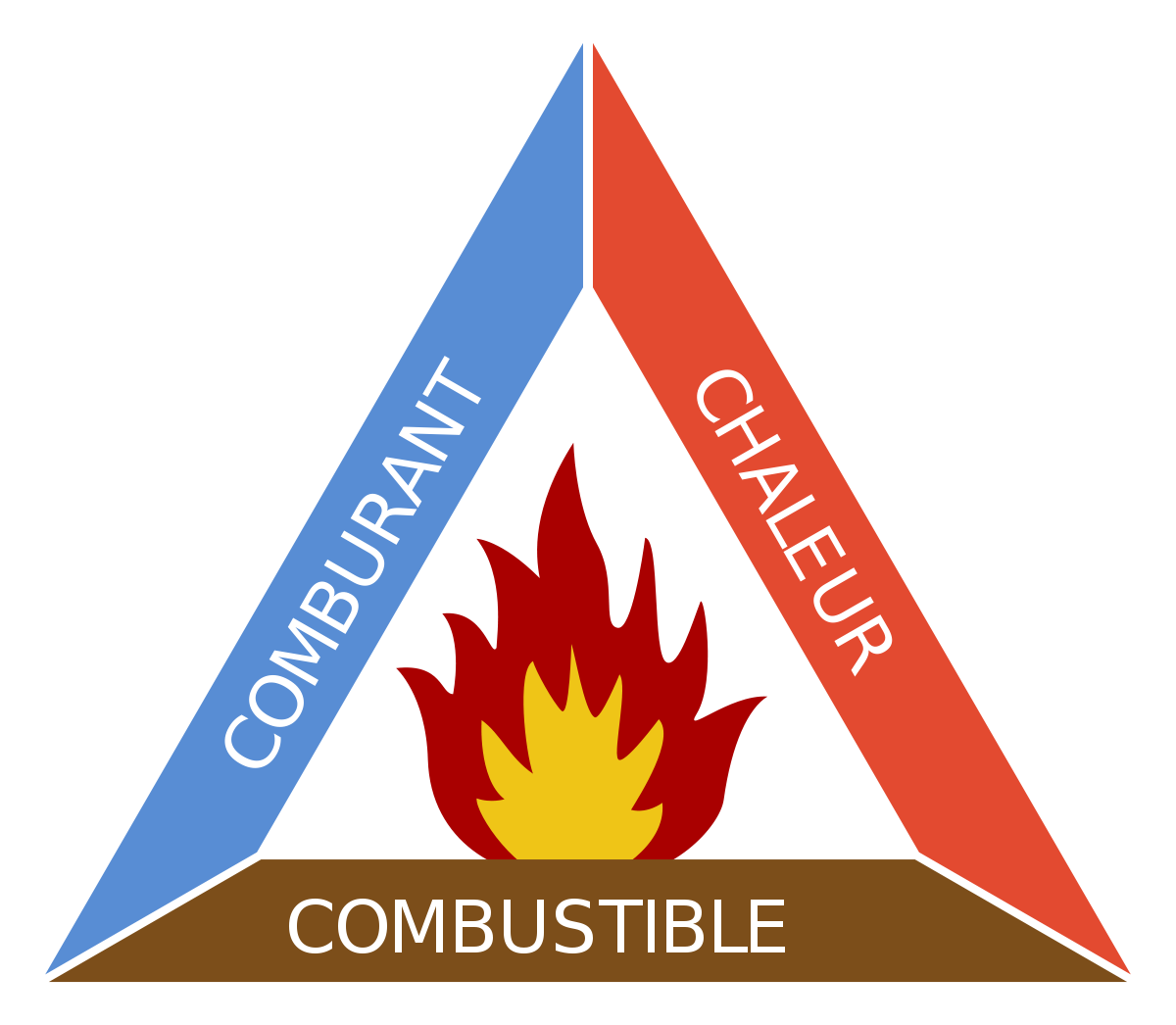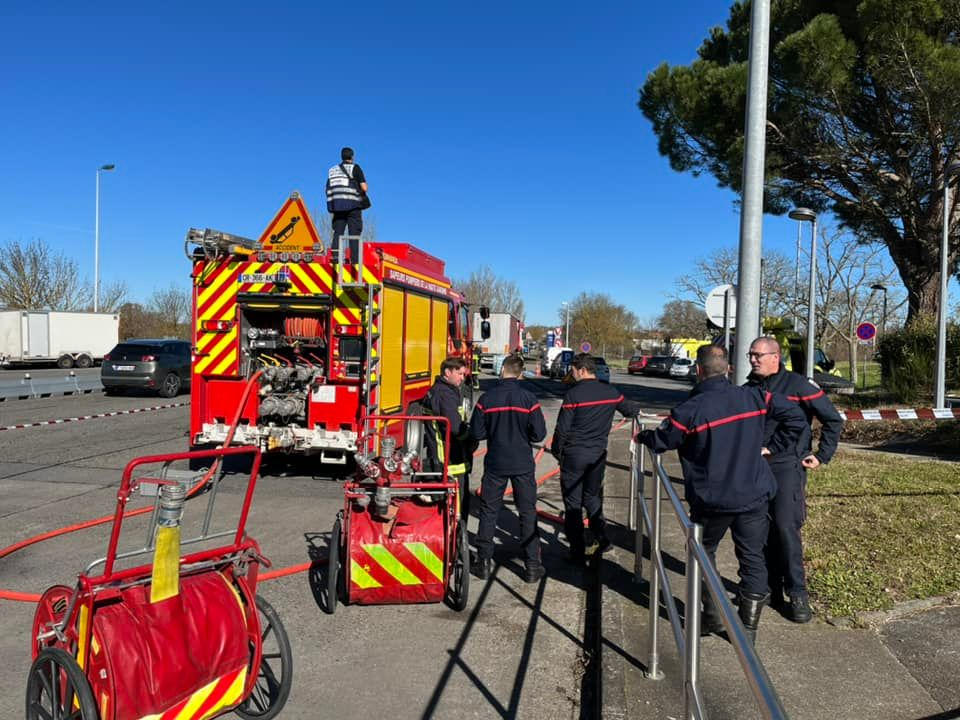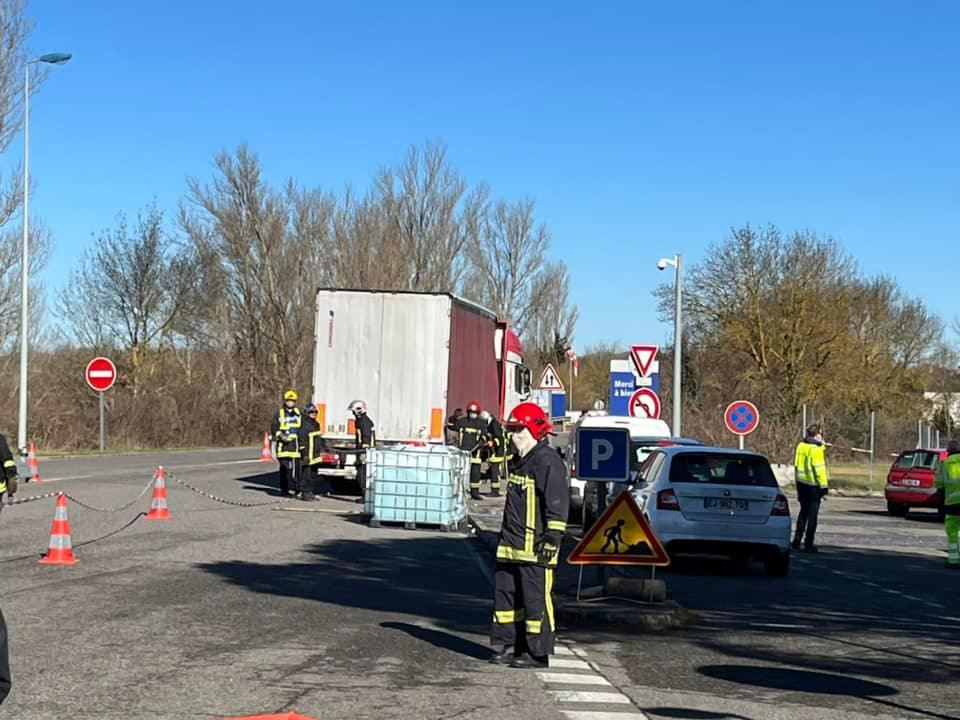Hydrogen peroxide leak on the highway between Toulouse and Carcassonne on 08/02/2022.
Intervention of 30 firefighters to contain the risk of pollution.
Hydrogen Peroxide Leak on Highway Between Toulouse and Carcassonne
Although the term hydrogen peroxide might not be immediately familiar to us, its more common name, oxygenated water, certainly is.
Is oxygenated water dangerous? Yet, we all have it in our bathrooms, for treating common minor injuries. It stings less than alcohol for disinfecting small wounds!
Oxygenated Water, Not So Innocent a Chemical Product
A peroxide contains 2 adjacent oxygen atoms. Hydrogen peroxide is the simplest of peroxides, consisting simply of 2 oxygen atoms and 2 hydrogen atoms.

Hydrogen peroxide is particularly unstable, especially if heated or subjected to mechanical shock. It then releases oxygen and heat.
2 H2O2 > 2 H2O + O2
The released oxygen then acts as an oxidizing agent, one of the 3 sides of the fire triangle, thus enabling the start of a fire.

Although it is generally used for its oxidizing power, hydrogen peroxide can also act as a reducing agent against stronger oxidants like bleach.
Use of Oxygenated Water in Industry
Oxygenated water is frequently used in industry:
- Wastewater treatment agent
- Biocide agent in the food industry, pharmaceutical industry, etc.
- Whitening agent for the textile industry
- Chemical products manufacturing
- Neutralizing agent in the wine industry
- ...
ADR Regulation for the Transport of Oxygenated Water - Hydrogen Peroxide
Hydrogen peroxide at 10 volumes is listed in the Public Database of Medications. As a medication, it is therefore not subject to the regulation of dangerous goods transport (ADR).
Apart from medications, the classification depends on the % of hydrogen peroxide in the solution:
1) < 8%: not subject to ADR
2) between 8% and 20%: UN2984: Oxidizing Substance (class 5.1) and of minor danger (GE III)
3) between 20% and 60%: UN2014: Oxidizing Substance (5.1) and Corrosive (8), dangerous (GE II)
4) > 60%: UN2015: Oxidizing Substance (5.1) and corrosive (8), Very Dangerous (GE I)
There is also a further distinction if the solution contains more than 70% peroxide. Additional requirements must be met in terms of the type of tanks used.
Managing the Hydrogen Peroxide Leak on the Highway Between Toulouse and Carcassonne
The hydrogen peroxide leak was detected just after the Villefranche de Lauraguais toll barrier on the A61. The truck, marked with orange panels, then stopped in the adjacent rest area.
The hydrogen peroxide was contained in IBCs (Intermediate Bulk Containers).
30 firefighters intervened to secure the area and limit the risk of pollution.
The operation lasted the entire afternoon.




The condition of the IBC suggests an impact.
Was the leak due to improper packaging, defective packaging, or issues related to loading and securing?
The Dangerous Goods Safety Advisor will need to analyze the incident and make a declaration to the DREAL authorities, as emergency services were involved for more than 3 hours.
CHAVANON Conseil, Your Partner for Dangerous Goods Shipment and Team Training
To secure your shipments of dangerous goods, CHAVANON Conseil supports you on goods classification, appropriate packaging choice, as well as loading and securing conditions.
Beyond ensuring compliance with procedures, CHAVANON Conseil assists in training your teams, both administrative and logistics.
Questions about dangerous goods regulations...
Source: France3 Occitanie
Photos: Olivier GUERRA, mayor of Gardouch, where the incident occurred


 A unique communication solution at the service of businesses
A unique communication solution at the service of businesses